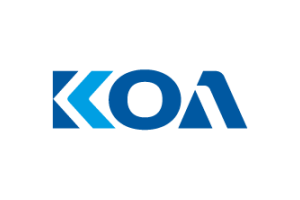Connected seat belt
Seatbelt tensioner from ZF puts occupants in the right position
Good occupant protection starts with the right seating position and a properly fitting seat belt. In the important milliseconds before an unavoidable collision, ZF's networked seat belt can show its effectiveness by moving occupants into the correct seating position and securing them there.
The seat belt system obtains its information from the vehicle's sensors. If a hazardous situation is detected, the belt pulls the occupant into the seat. Only then does the pyrotechnical and thus irreversible tightening take place. The heart of the system is the ACR8 electromechanical belt tensioner. This can do even more: for example, it can take up belt slack, ensure less tension and thus more comfort on the belt, or alert the driver by means of vibration on the belt webbing, thus extracting up to one second of reaction time.
Repositioning idea
The two restraint systems, belt and airbag, work as protective systems virtually "hand in hand": The belt initially restrains the upper body, but in the milliseconds after the crash it releases it successively, in a defined manner, in the direction of the airbag until the air cushion catches the occupant. If the belt lacks these reserves, for example because the upper body was already tilted too far forward during the crash, this can increase the likelihood of injury. This is where the idea of repositioning comes in.
Using the seconds before the crash
As soon as the seat belt is fastened, it is actively engaged and reduces the so-called belt slack, i.e. it tightens the belt once in a defined manner so that it fits snugly against the occupant. If the vehicle sensors detect a dangerous driving situation that could lead to hard braking or possibly a collision, the seat belt system can use this time to improve protection for the occupant.
To do this, it is networked not only with the sensors but also with the automatic emergency braking assistant and pulls the occupant into the correct position with precisely measured force, holding him or her there during the braking maneuver. In the event of a subsequent crash, the subsequent pyrotechnic tightening and the entire restraint system can take ideal effect, reducing the consequences of the accident.
Up to 36 meters of additional safety buffer at target speed
The seat belt system with the ACR8 can also be used as a haptic signal transmitter, for example to provide warnings or information. It can "wake up" drivers when they are tired or, when switching from automated to manual driving, it can use high-frequency pulsing of the seatbelt webbing to alert them that the driver needs to take control again.
In this way, the seat belt system can be integrated into the user interface of automated vehicles to get the driver's attention. In tests, ZF has measured a reduction in reaction time of up to one second compared to visual or acoustic signals. At standard speed on the highway, this corresponds to a distance of 36 meters.
Heart of the system: The ACR8 active seat belt tensioner
The heart of the protection system is the advanced ACR8 (Active Control Retractor) active seat belt tensioner, which links information available in the vehicle and can retract the seat belt by means of an electric motor, thus building up seat belt force in a targeted manner. In addition to the functions already described, the ACR8 offers further advantages for automakers.
For example, no separate NCAP self-certification is required to use the new system. The ACR8 is also available as a seat-integrated version in which it requires an installation depth of only 60 mm instead of 82. This means it can be integrated into all types of car seats without restricting the design.







